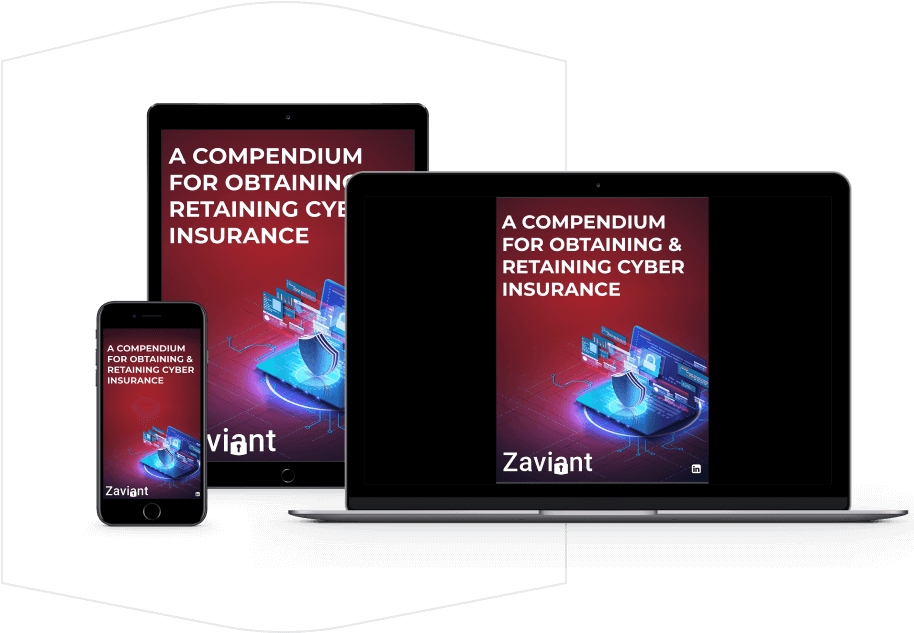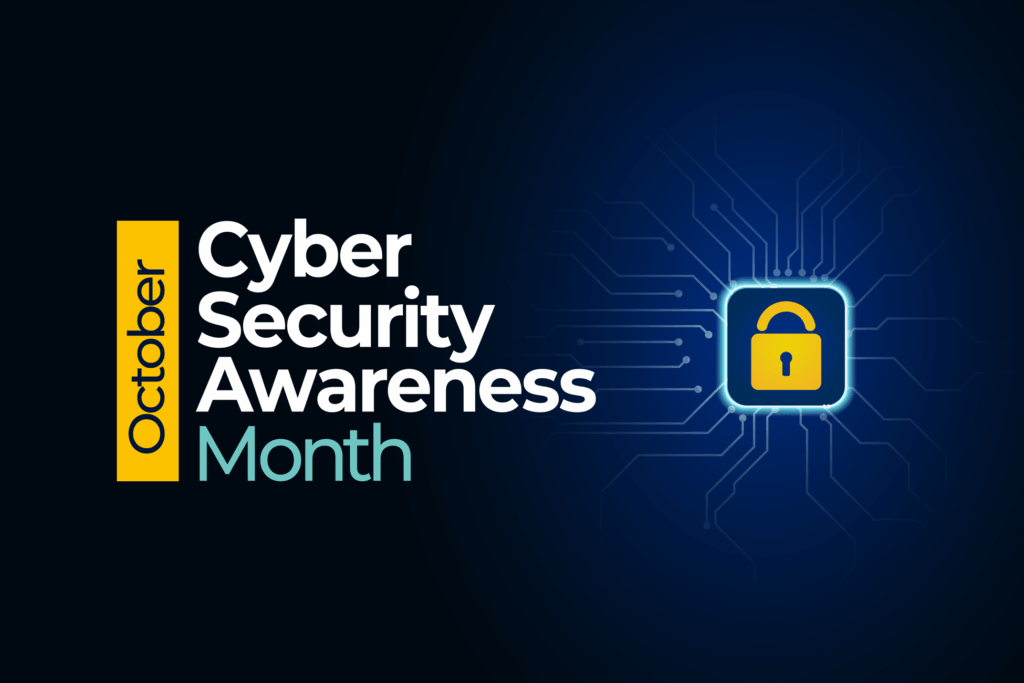Artificial intelligence (AI) has rapidly advanced over the last decade to a point where it can now outperform humans at tasks such as reading comprehension and image recognition.
- Cybersecurity Blog
6 Quick Wins for Cybersecurity & Data Protection Services
-
By Zaviant

Your organization has decided to enlist the services of a third-party cybersecurity or data protection services provider. Congratulations — your organization has taken a big step forward in protecting your digital assets.
A significant investment for improved security, your relationship with your new service provider should be one that delivers immediate returns. The last thing anyone wants is a partnership that seems to go nowhere after the ink dries on your new agreement.
While deep dives into your network, its cybersecurity defenses, and data privacy protocols do take some time, there are a few quick wins that your new partner can help you implement immediately.
3 Immediate Improvements for Cybersecurity
When starting an engagement with your organization, a cybersecurity services provider can help you take several steps that start paying dividends for your network defenses and security protocols immediately.
1. Visibility of Your Assets
While many organizations have elements of cybersecurity, not all have a cohesive or comprehensive framework in place. In other words, while parts of a network may be secure, others might not be, leaving wide open gaps for adversaries to exploit.
That is where an initial assessment comes in.
A quick review of all your organization’s digital assets — from existing cybersecurity measures to its hardware and software — an initial assessment identifies potential shortcomings that require immediate attention.
With new visibility into your network, its endpoints, and cybersecurity architecture, a cybersecurity provider is better able to make recommendations for short- and long-term solutions.
Remember an initial assessment is just that — a once-over to gain some insights. Your cybersecurity or cyber advisory service provider should plan on taking a longer, deeper dive into your assets and frameworks to further explore their strengths and weaknesses.
2. Creating a Cybersecurity Roadmap
Like planning a cross-country trip, it is important to know exactly where you are headed when starting down the path of improved cybersecurity.
Without a roadmap guiding your organization’s cybersecurity measures (which should always be ongoing), any new frameworks or protocols will likely be reactive. In the world of cybersecurity, the only thing more dangerous than not having protections in place is allowing those you have to go stagnant. Hackers and other digital adversaries love inadequate or outdated cyber protections.
Just as with an initial assessment, a roadmap brings additional clarity to the current state of your cyber defenses and what its future state should look like. In addition, a roadmap provides a tangible outline of what to expect as your organization exerts more control over its cyber defenses and network security.
3. Practicing a Cyberattack Response
The best responses to a successful cyberattack are ones that come second nature.
While the last thing any organization wants to deal with is a network breach — such as ransomware or jackware attacks — having procedures in place makes remediation recovery easier. Everyone understands their roles and knows exactly what to do. Your internal IT team should absolutely be involved in simulated cyber attack responses.
To an extent, practicing organizational responses to cyberattacks is no different than periodic fire drills. In the event of an actual security breach, there is little time wasted getting back to normal.
3 Ways to Upgrade Data Protection Services Quickly
Though serving a different purpose than a cybersecurity services provider, a data protection services provider can help your organization make similar upgrades at the onset of your partnership.
1. Brush Up on Regulatory/ Industry-Specific Requirements
One of the best places to start improving your data privacy protection is making sure your organization’s data privacy frameworks are in-line with existing regulations.
With data as a key driver in how business is conducted, protecting consumer privacy is getting more attention than ever. New regulations come out almost every day, and they are not immune to international boundaries or state lines. Failure to meet data privacy regulations — regardless of their origin — can be very costly, from steep fines to bans on conducting business within an entire country.
It is also important to note that while there are some data privacy regulations that apply to organizations of all types, there are others that are industry-specific. For instance, data privacy regulations in healthcare are very different than those in education or manufacturing.
Like outdated cyber defenses, non-compliant data protection programs are a threat to your organization’s integrity.
2. Understand Data Governance
All data has a lifecycle. Some data lifespans are longer than others. As long as data is in your organization’s possession, data governance practices ensure that it is being stored and maintained properly.
In simplest terms, data governance refers to the internal processes of how an organization manages its data from the moment it is received to when it is deleted or archived. Thorough data governance strategies identify key components of data management, such as:
- Access
- Use tracking
- Storage locations
- Data deletion record keeping
While data governance policies streamline how data is managed within an organization, they also serve a dual purpose, acting as a safety net for meeting compliance regulation standards.
With a clear understanding of your existing data governance practices, a data privacy services provider is able to better craft a data privacy program framework for your organization.
3. Practice a Data Breach Response
As with practicing for a cybersecurity breach, rehearsing a response to a data breach saves precious time should one ever occur.
A data breach usually happens quickly and impacts many people. A robust response to one needs to move just as quickly to minimize fallout and jumpstart recovery. A complete cyber incident response plan for a data privacy breach includes:
- A defined chain of command
- Detailed recovery activities
- Notifying those impacted
Your organization’s legal counsel should be part of data breach response drills as they will be directly involved in moving forward from an actual intrusion.
The #1 Quick Win for Cybersecurity & Data Protection
The most important thing any organization can do when taking steps to improve its cyber defenses and data privacy frameworks is to have the right mindset.
Just because you have partnered with a cybersecurity or data privacy firm to enhance your controls does not mean your organization is suddenly immune to network or data breaches. Put simply, your organization will never be 100% risk-free from cyber threats and no third-party partner can make such a guarantee.
By keeping the right perspective about implementing and maintaining new cybersecurity and data privacy frameworks, your organization is proactive in protecting itself. It is also better prepared for the worst, with strategies to minimize the impact — and recovery time — of a cybersecurity or data privacy breach.
Take Your First Step for Enhanced Cybersecurity and Data Protection Programs
Schedule a consultation with our team to discuss how we can help your organization upgrade its cybersecurity and data privacy protections.
Share This Post
- Get The Latest In News & Insights
Explore solutions
Data Privacy, Security & Risk
Build or improve upon your data privacy policies and controls.
Platform Expertise
We tailors strategies to your unique risks and compliance needs, ensuring robust protection against cyber threats.
Regulatory Compliance & Frameworks
Zaviant's experts anticipate and mitigate cyber risks, safeguarding your data from diverse threats.








